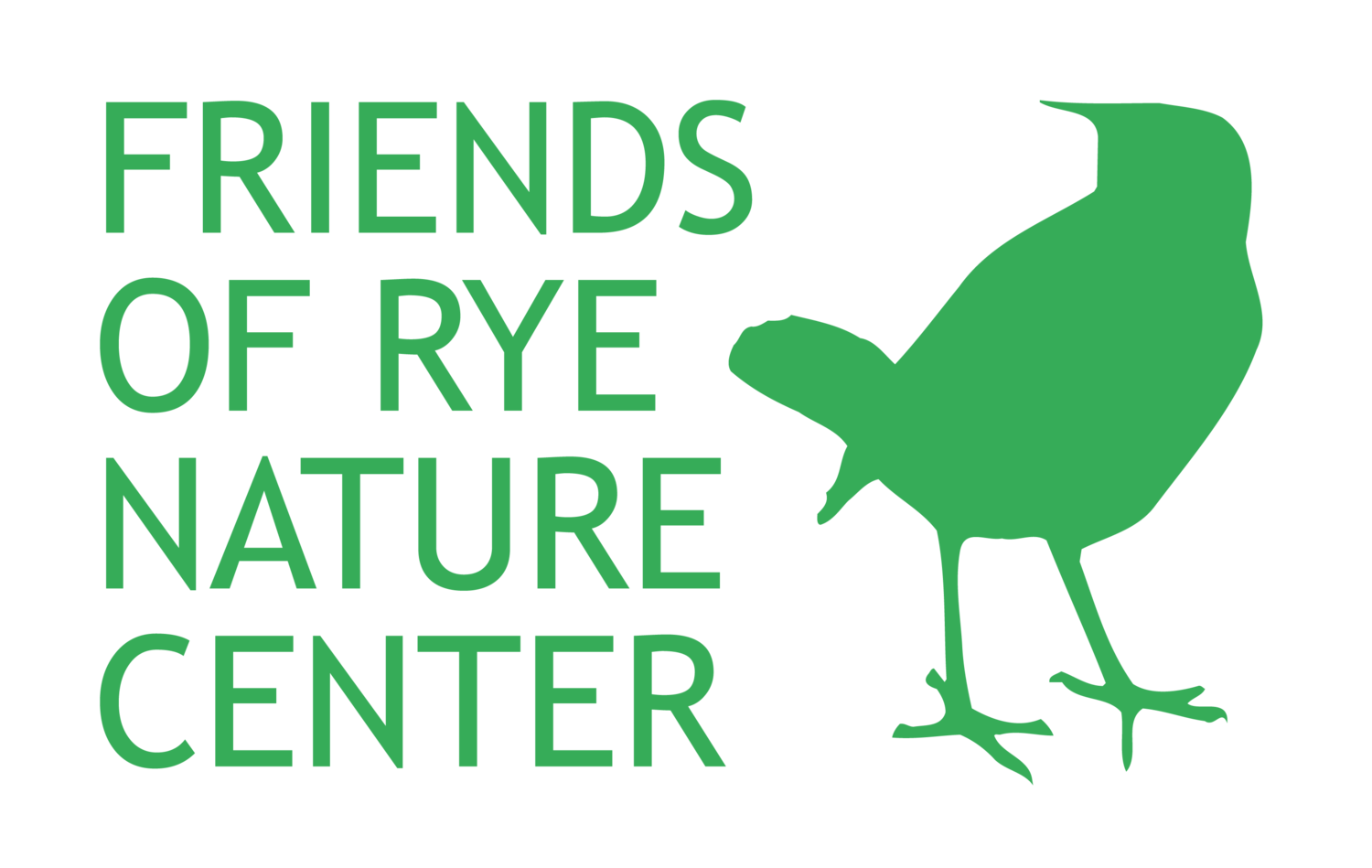— Kris Karpinia, Environmental Educator
As you take in these lovely spring days on the Rye Nature Center trails, it’s hard to ignore the carpet of lush green leaves and yellow flowers covering most of our forest floor. This visually satisfying landscape is in fact an invasive plant that is threatening our native ground cover.
Lesser celandine, also known as fig buttercup or pilewort, is in full bloom throughout the Northeast United States and at the Nature Center. Commonly found along our low-lying trails near the Blind Brook, this plant loves soil that is sandy and moist. It is a spring ephemeral (short-lived) and it typically emerges from late-March to mid-April. This narrow window of growth transforms a brown and dull landscape into one full of life. Lesser celandine begins to emerge much earlier than most of the other native plants and therefore, has no direct competition for sunlight. As it quickly grows, it inhibits the growth and development of other native spring ephemerals.
We have started to test different methods of removing this plant. These tests are long-term in nature and can be witnessed along the Bunny Trail as seen in the video below.
For more information regarding lesser celandine or other invasive species, please visit New York Invasive Species Information Page


